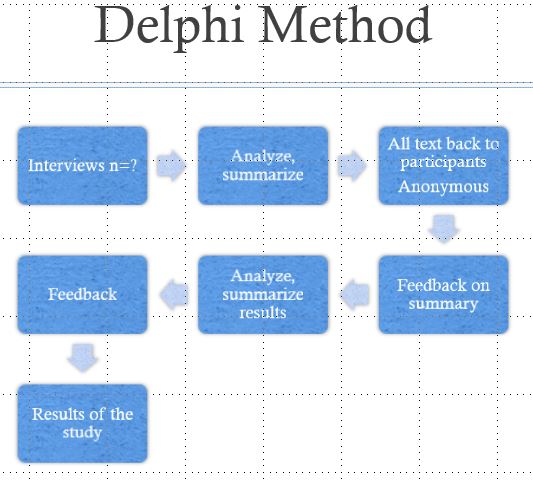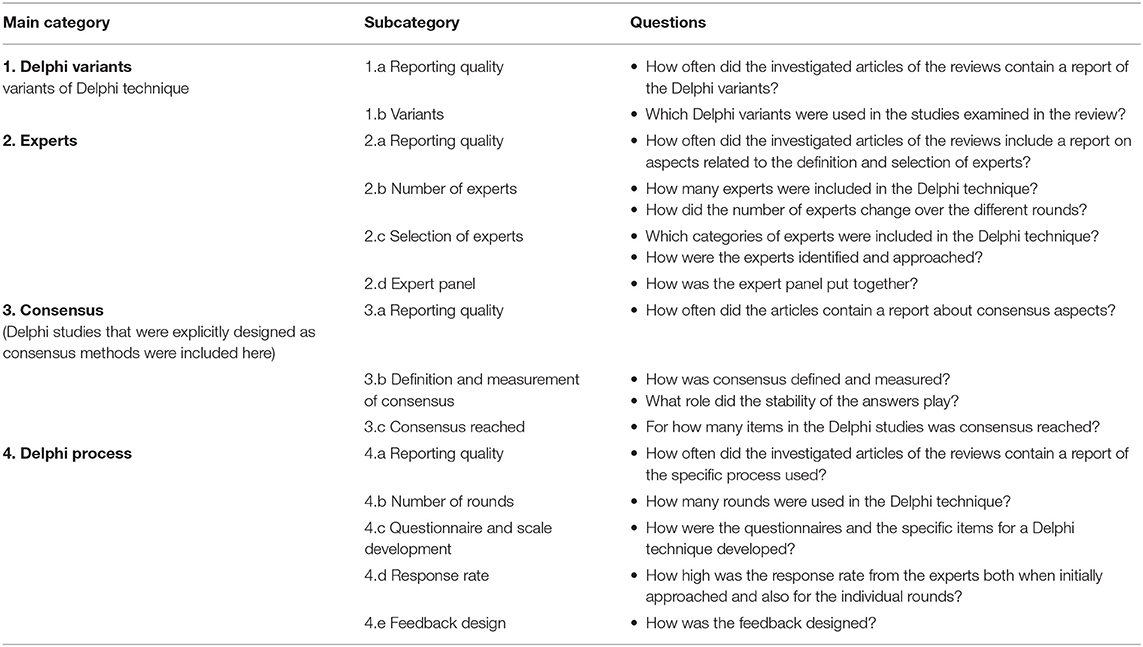
Human Resource Planning Human Resource supply forecasting is the process of estimating availability of human resource followed after demand for testing of human resource. HR planning doesn’t include making staffing decisions on the fly or by any means be just a guestimate. Human resource planning based on a calculative forecasting can improve operational efficiency and increase the profitability of a business.
#WHAT IS DELPHI TECHNIQUE SERIES#
Survey Method: Opinion Poll: Business Barometers: Time Series Analysis: Regression Analysis: Input-Output Analysis: Techniques of Forecasting: Historical Analogy Method: Under this method, forecast in regard to a particular situation is based on some analogous conditions elsewhere in the past. The Delphi Technique is described as: “A process in which the forecasts and judgments of a selected group of experts are solicited and summarized in an attempt to determine the future HR demand.” What are the six statistical forecasting methods? Linear Regression, Multiple Linear Regression, Productivity Ratios, Time Series Analysis, Stochastic Analysis. What are the six statistical forecasting methods? Three possible areas to forecast are anticipated personnel headcount, the present supply of internal candidates and the supply of external candidates. An HR department forecasts both short- and long-term staffing needs based on projected sales, office growth, attrition and other factors that affect a company’s need for labor. Human resources ( HR) forecasting involves projecting labor needs and the effects they’ll have on a business. What is forecasting human resource needs?

11 What is the difference between demand forecasting and supply forecasting?.10 How is demand forecasted within an organization?.9 How one can forecast HR demand and supply?.5 What are the benefits of HR forecasting?.



 0 kommentar(er)
0 kommentar(er)
